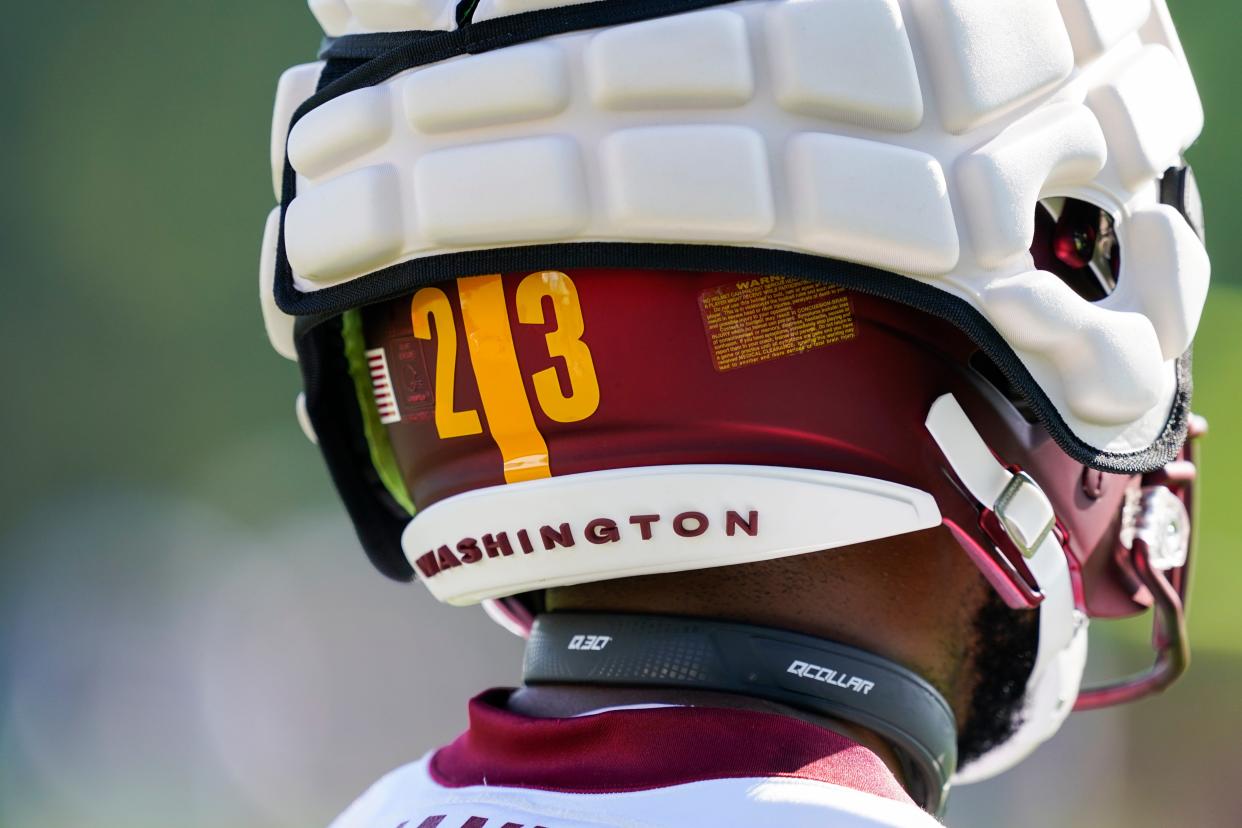Q-Collars raise questions for athletes hoping to avoid brain injuries

Adam’s Journal
While watching the NFL playoffs, I’ve noticed a number of players wearing what looks like a collar around their necks. It’s not attached to anything, and it’s not bulky like a typical pad. Any idea what this is and why players are wearing it?
Dr. McEver Prescribes
I’d noticed the same thing while watching my beloved Kansas City Chiefs, but your question prompted me to get up off the couch and do a little research.
The device is called a Q-Collar. It’s made of silicone and fits almost like a headband for the neck, with an opening at the front to allow it to be slipped on and off.
It apparently fits fairly snugly. The idea is that by restricting blood flow from the head, the collar provides an extra layer of cushioning to protect the brain from injuries like concussions.
The Food and Drug Administration approved the collar in 2021. It did so based on imaging studies that showed, under certain circumstances, subtle differences in the brain tissue of high school soccer and football players who wore the device versus those who didn’t.
However, in subsequent guidance, the FDA pointed to uncertainty regarding the imaging technology the studies relied on. The agency also said that a link between the changes in brain tissue and actual brain injuries had not been validated.
Some neurological experts have cited these issues and other inconsistencies in the studies to question whether the collar is effective. Others don’t accept the fundamental theory underlying the device: that squeezing the jugular vein keeps additional blood in the skull, making that liquid function like an egg’s white cushioning the yolk.
Even if skeptics are correct, no one has pointed to any evidence that the device itself causes any harm to the brain. Still, some have worried that it could indirectly lead to more injuries.
Athletes may take more risks — like tackling more violently or failing to protect their heads during collisions — if they believe the collar protects them. Let’s hope it does.
McEver, a physician-scientist, is vice president of research at the Oklahoma Medical Research Foundation. Cohen is a marathoner and OMRF’s senior vice president and general counsel. Submit your health questions for them to contact@omrf.org.
This article originally appeared on Oklahoman: More athletes are wearing Q-Collars in hopes of avoiding brain injury

